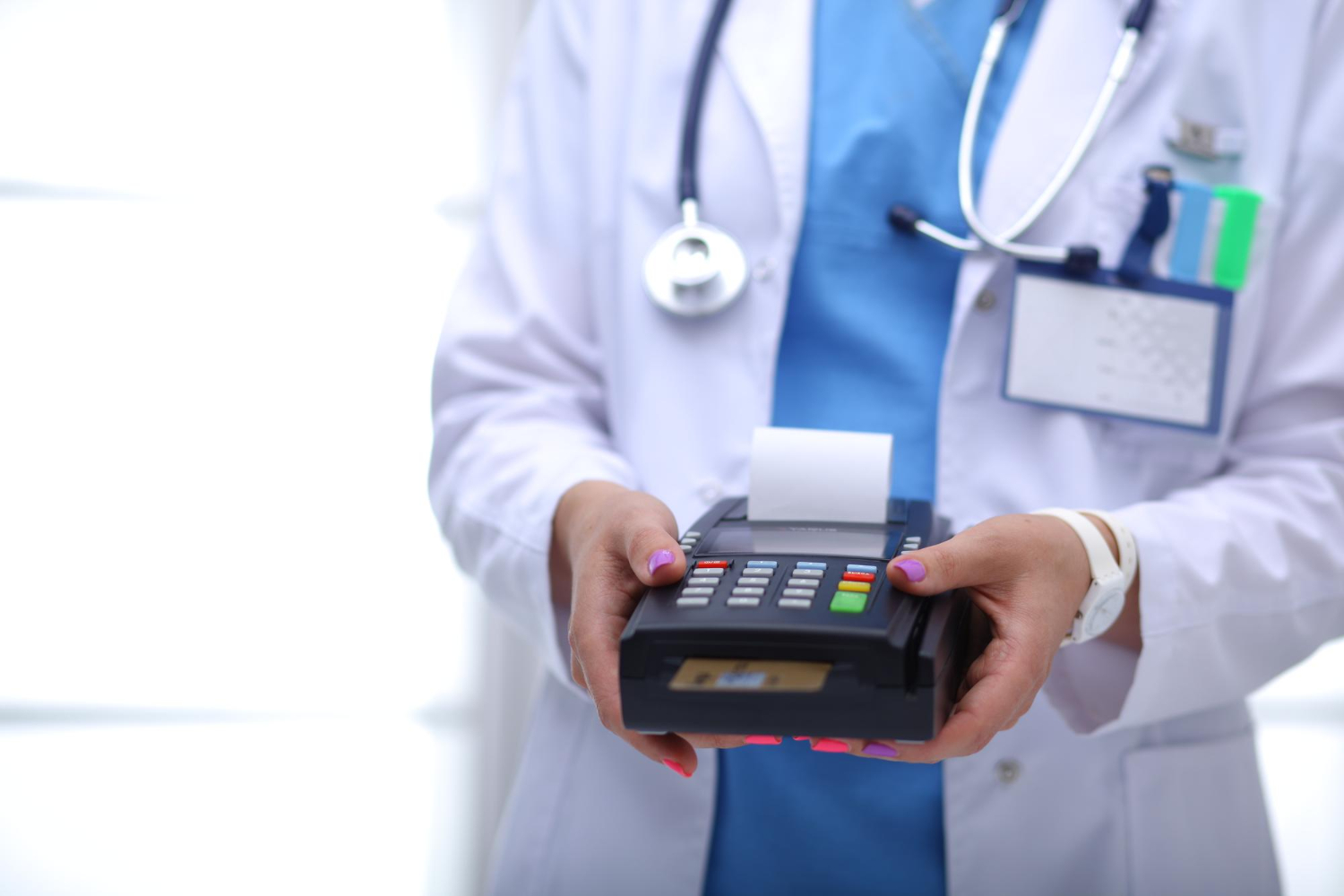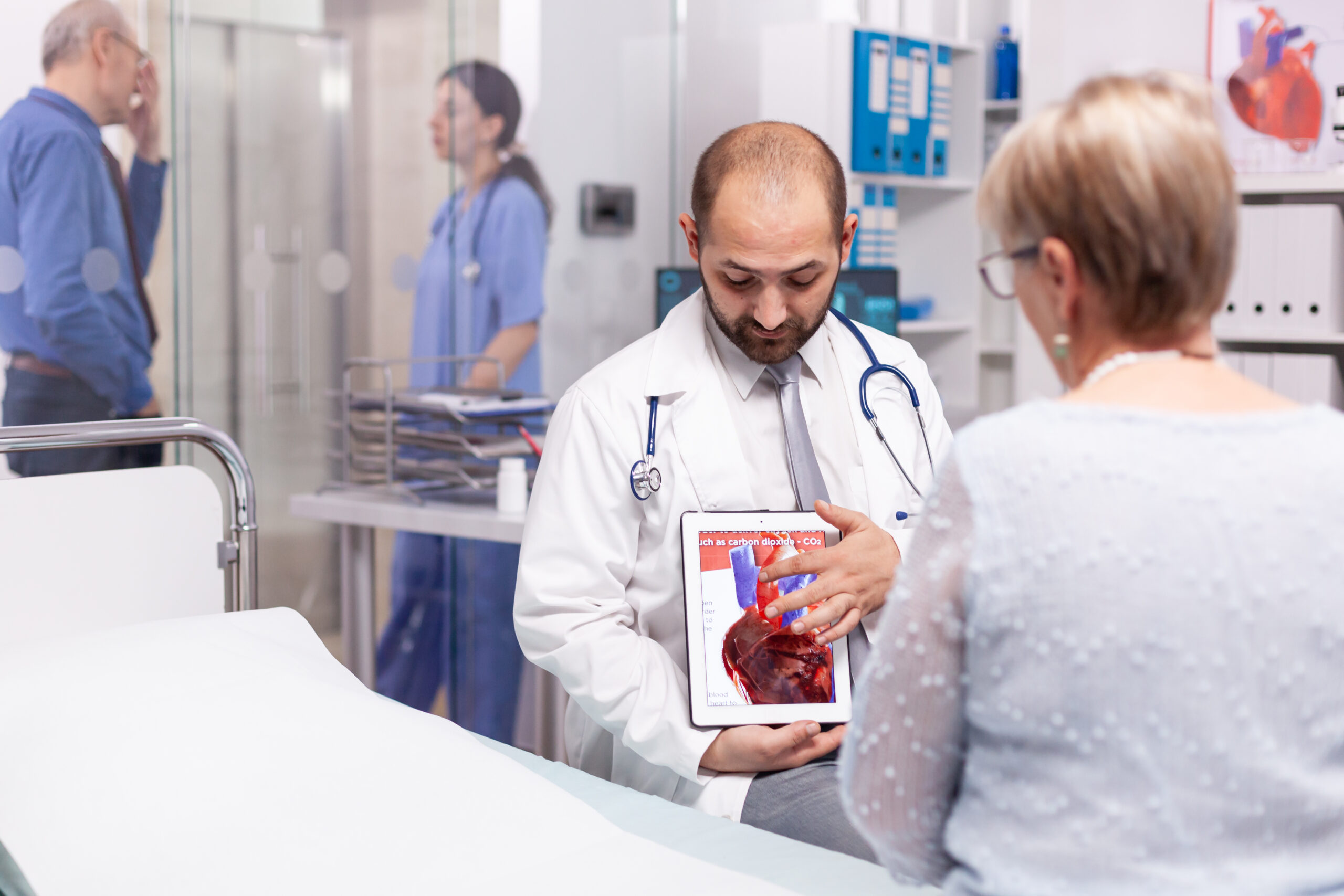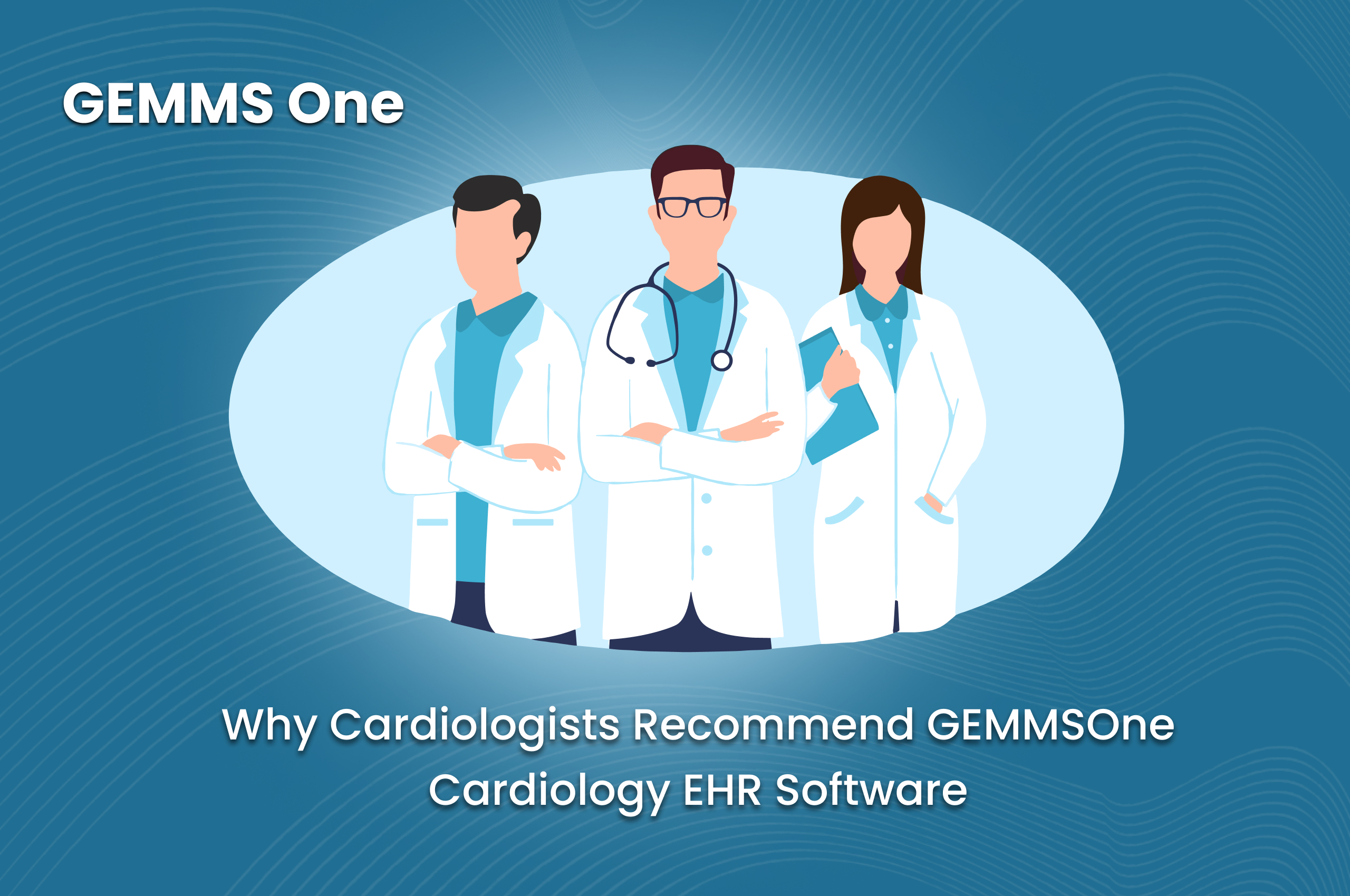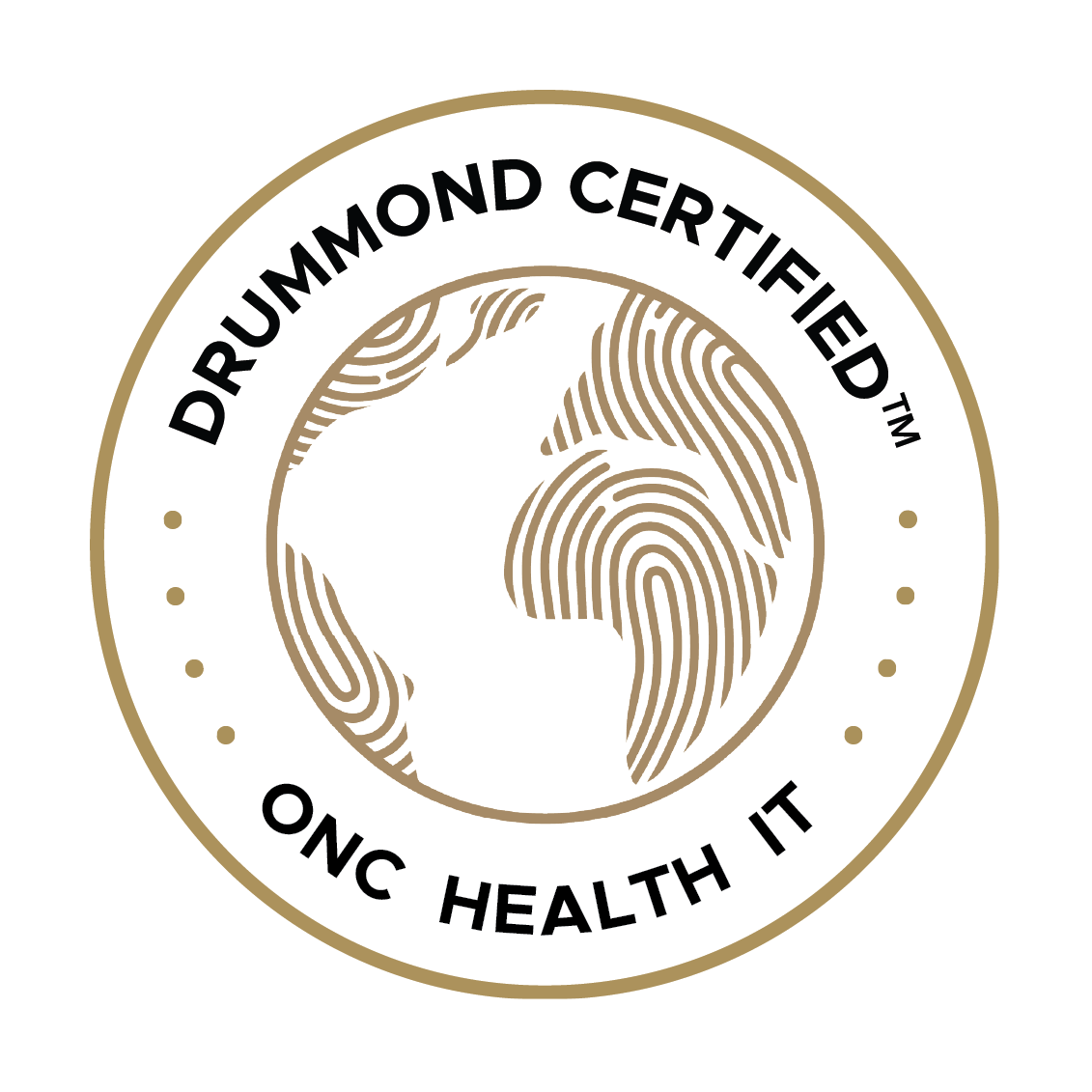Running a small cardiology clinic comes with its own set of challenges and opportunities. While providing high-quality patient care is the primary focus, managing the business aspects efficiently is equally important.
Small cardiology clinics often need help with profitability, especially when they are not part of more extensive hospital networks.
Independent cardiologists face the dual challenge of delivering excellent patient care while ensuring the clinic remains financially viable. However, by combining effective business strategies with improved quality of care, they can take control and lead their clinic to long-term success.
This blog proposes Gemms EHR as one strategic move to achieve this balance, empowering clinic managers and cardiologists to take charge of their clinic’s success.
Thinking Strategically
To thrive, cardiology clinics must think strategically, combining business acumen with a commitment to improving heart health. This involves implementing effective business tactics alongside medical strategies to enhance the quality of care.
The following sections explore these two overlapping avenues, highlighting how each can contribute to the success and growth of your practice.
Business Tactics
- Streamlined Operations: Implementing efficient processes can reduce costs and improve service delivery.
- Effective Marketing: Attracting more patients through targeted marketing strategies can increase revenue.
- Financial Management: Keeping a close eye on expenses and revenues ensures the clinic remains profitable.
Improved Medical Outcomes
- Enhanced Patient Care: Using advanced medical practices and technologies to improve patient outcomes.
- Patient Retention: Providing excellent care to retain and attract new patients through word-of-mouth.
- Continuous Learning: Keeping up with the latest in cardiology to offer the best treatments and services.
Ways to Improve Operational Practice Efficiency
Interoperability Features in EHR Software
Gemms EHR is a fully interoperable and integrated application that allows for the real-time merging of clinical processes and revenue cycle management.
It seamlessly connects to external revenue cycle management programs used in larger enterprises, providing the efficiency of cardiovascular clinical workflow while supporting revenue cycle requirements. Compliance with governmental regulations and payer requirements is simplified, enhancing operational and financial performance.
Speedy and Efficient Medical Billing
Efficient billing processes are crucial for a clinic’s financial health. Gemms EHR simplifies medical billing with automated processes, reducing errors and ensuring timely reimbursements. This improves cash flow and reduces administrative burdens.
Strong Leadership
Effective leadership is essential for the success of any clinic. Leaders must inspire and motivate their team, making sure that everyone is aligned with the clinic’s goals. Strong leadership also involves making informed decisions that enhance patient care and operational efficiency.
Practice Management (Software)
Practice management software like Gemms EHR is a boon for small cardiology clinics. It streamlines administrative tasks such as scheduling, billing, and patient management, relieving healthcare providers from the burden of these tasks. This allows them to focus more on what they do best-providing high-quality patient care.
Ways to Improve Medical Outcomes and Quality of Care
Shifting to a Subspecialty
Focusing on a cardiovascular subspecialty can set a clinic apart and attract patients seeking specialized care. This approach allows for more targeted treatments and better patient outcomes.
Questioning Standard, Outdated Processes of Care
Continually evaluating and updating care processes ensures the clinic provides the most current and effective treatments. This involves staying informed about the latest research and best practices in cardiology.
Taking on Fewer Clients
Managing a smaller patient load can improve the quality of care. This allows healthcare providers to spend more time with each patient, leading to better diagnosis and treatment outcomes. As the clinic grows, hiring more physicians can help maintain this high standard of care.
Enhancing Heart Health with GEMMS ONE EHR
For cardiology clinics, the focus on heart health is paramount. GEMMS ONE EHR supports cardiologists by providing tools that streamline patient care and improve health outcomes.
Features like Clinical Decision Support, which leverages a vast library of evidence-based medical knowledge, allow cardiologists to make informed decisions at the point of care. The PACS system allows for the efficient creation and retrieval of diagnostic imaging reports, crucial for accurate diagnosis and treatment of heart conditions.
The interoperability of GEMMS ONE EHR ensures that all patient data, including cardiac health records, are seamlessly integrated and accessible. This gives cardiologists a comprehensive view of a patient’s heart health, facilitating better treatment plans and follow-up care.
Additionally, the patient portal encourages active patient participation in managing their heart health, leading to improved patient outcomes and satisfaction.
Benefits of Doing These Things
Implementing these strategies offers numerous benefits, including:
- Improved Patient Outcomes: Better care leads to healthier patients and a stronger reputation for the clinic.
- Increased Efficiency: Streamlined operations reduce costs and improve service delivery.
- Higher Patient Satisfaction: Happy patients are likelier to return and refer others to the clinic.
- Financial Stability: Efficient billing and financial management practices ensure the clinic remains profitable.
How Gemms Can Help Get You There
Gemms EHR is designed to support small cardiology clinics in their journey toward efficiency and profitability. With features that enhance interoperability, streamline billing, and integrate practice management, Gemms EHR helps clinics provide high-quality care while managing their business effectively.
By adopting Gemms EHR, clinics become part of a larger community of healthcare professionals who are committed to improving patient care and clinic management.
Key features include:
- GEMMS PHR: Provides a complete and accurate summary of an individual’s medical history accessible online.
- Working Patient List: Allows users to build custom “to-do” lists or shared lists for group collaboration.
- Patient Document Viewer: Facilitates chart viewing, patient meetings, and physician communication.
- Patient Portal: Enhances office workflow and encourages patient self-service, faster payments, and increased patient satisfaction.
- PACS: Creates custom reports based on automated retrieval of diagnostic information from digital imaging.
- Clinical Decision Support: Leverages evidence-based medical knowledge for real-time patient and population assessment.
- Direct Mail Messaging: Securely sends protected health information encrypted over the internet.
- Automated Referrals: Automates faxing solutions, saving time and manual processing efforts.
By adopting Gemms EHR, clinics can improve operational efficiency, patient outcomes, and overall financial health.
Conclusion
Running a small cardiology clinic successfully requires a blend of strategic business practices and a commitment to high-quality patient care. By implementing the best practices outlined in this blog and leveraging the capabilities of Gemms EHR, small cardiology clinics can achieve both efficiency and profitability.
Contact us today to schedule a demo or learn how Gemms EHR can transform your practice and help you thrive in the competitive healthcare landscape.













